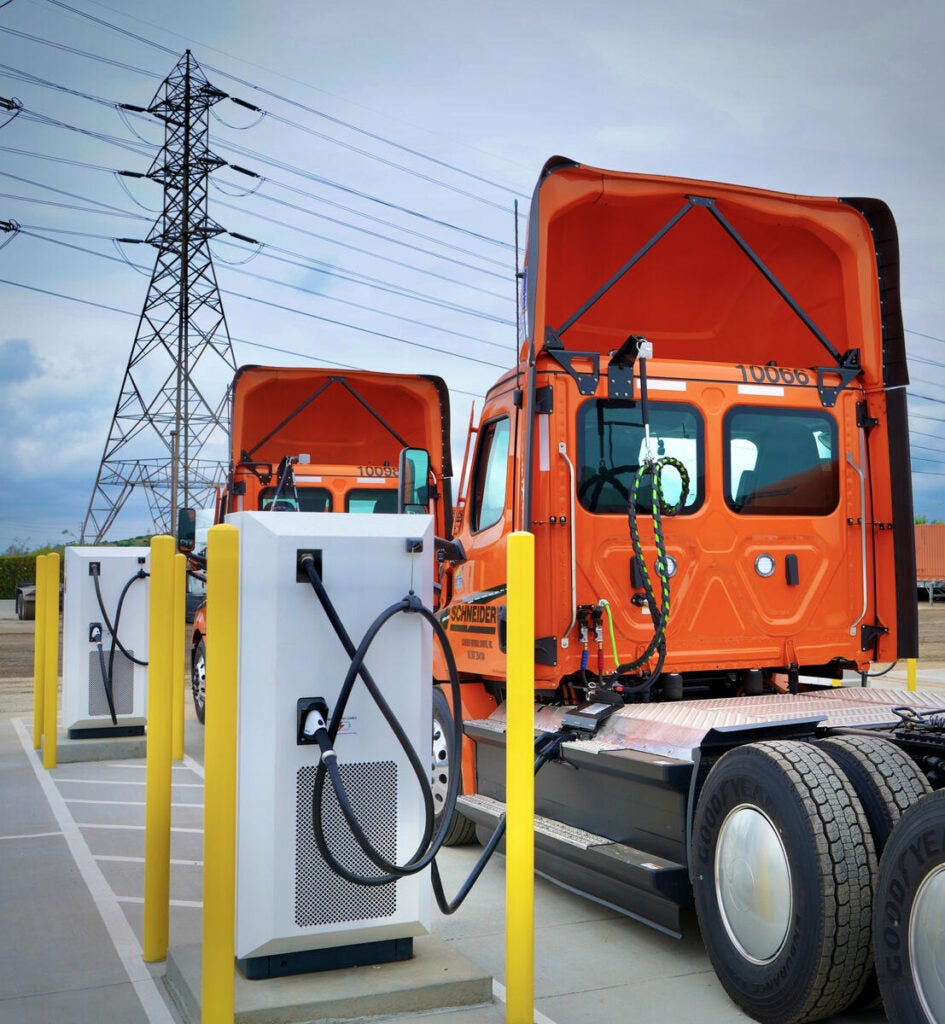A new report released today by EDF details how Texas’ $342 million clean air program can be improved to help companies that want to secure state funding for zero-emission trucks. Recommendations include how to improve program design of the grants offered, including how to modernize the calculation of nitrogen oxides reductions to ensure the full benefit of switching from diesel to zero-emission vehicles is captured, and how to improve the administrative management of the program so it is easier for companies to secure funds to deploy zero-emission vehicles in Texas.
The report takes a close look at the Texas Emissions Reduction Program, a grant program administered by the Texas Commission on Environmental Quality that offers incentives to companies to help reduce air pollution in the state. The program, first created in 2001, consists of 11 different grant programs offered over the course of Texas’ two-year budget cycle.
New EDF report details how Texas’ clean air program can more effectively speed the transition to ZEV trucks Share on XTo complete the report, EDF partnered with GNA, a TRC company, which works with fleet owners to secure federal and state incentives. GNA conducted interviews with 16 major stakeholders that have interacted directly with TERP, including Clean Cities partners, trucking companies and state agency staff. GNA also developed its own analysis of similar state-based incentive programs from across the country and compared them to the programs offered in Texas to create a first-of-its-kind “Fleet Friendliness” score that provided unique, detailed recommendations for how best to improve the program’s management.
Key findings from the report include:
- TCEQ staff are universally appreciated for their assistance with applicants, attention to detail and commitment to managing a successful program. Their highly respected work, along with the large amount of money available for the program make TERP one of the most impactful state programs in the country.
- There are opportunities to consolidate and streamline some of the 11 programs offered through TERP, in order to maximize efficiency and effectiveness of the grant funds. For example, today a company that wants to secure state funding in Texas for a zero-emission vehicle would need to navigate the program details, deadlines and reporting requirements for as many as six different state grants.
- TCEQ should modernize how they calculate the NOx emissions reductions that result from replacing a diesel truck with a zero-emission truck, as the state’s calculations can be as much as 30% less than accepted methods used by EPA.
- The state should consider adjusting which areas in Texas can be eligible to receive funding, as many businesses may have central operations outside of one of the state’s nonattainment areas but whose trucks predominantly run through corridors and in major counties that have poor air quality.
- The agency should update a number of technical components of the application and contracting process to utilize best practices already in place in other states, such as how long the application windows are open and hosting webinars about the programs before they are open to receive applications.
The Texas Legislature is currently in an interim period and will reconvene in January 2025 to consider legislation. The report offers clear recommendations that policymakers should consider in order to retain and improve Texas’ competitive advantages for businesses that want to deploy zero-emission vehicles in the state. In the months ahead, EDF will work with key legislators and stakeholders to develop ideas for legislation, with the hope of elevating TERP to be the most effective, efficient and impactful state-based clean air and clean vehicle program in the country.










